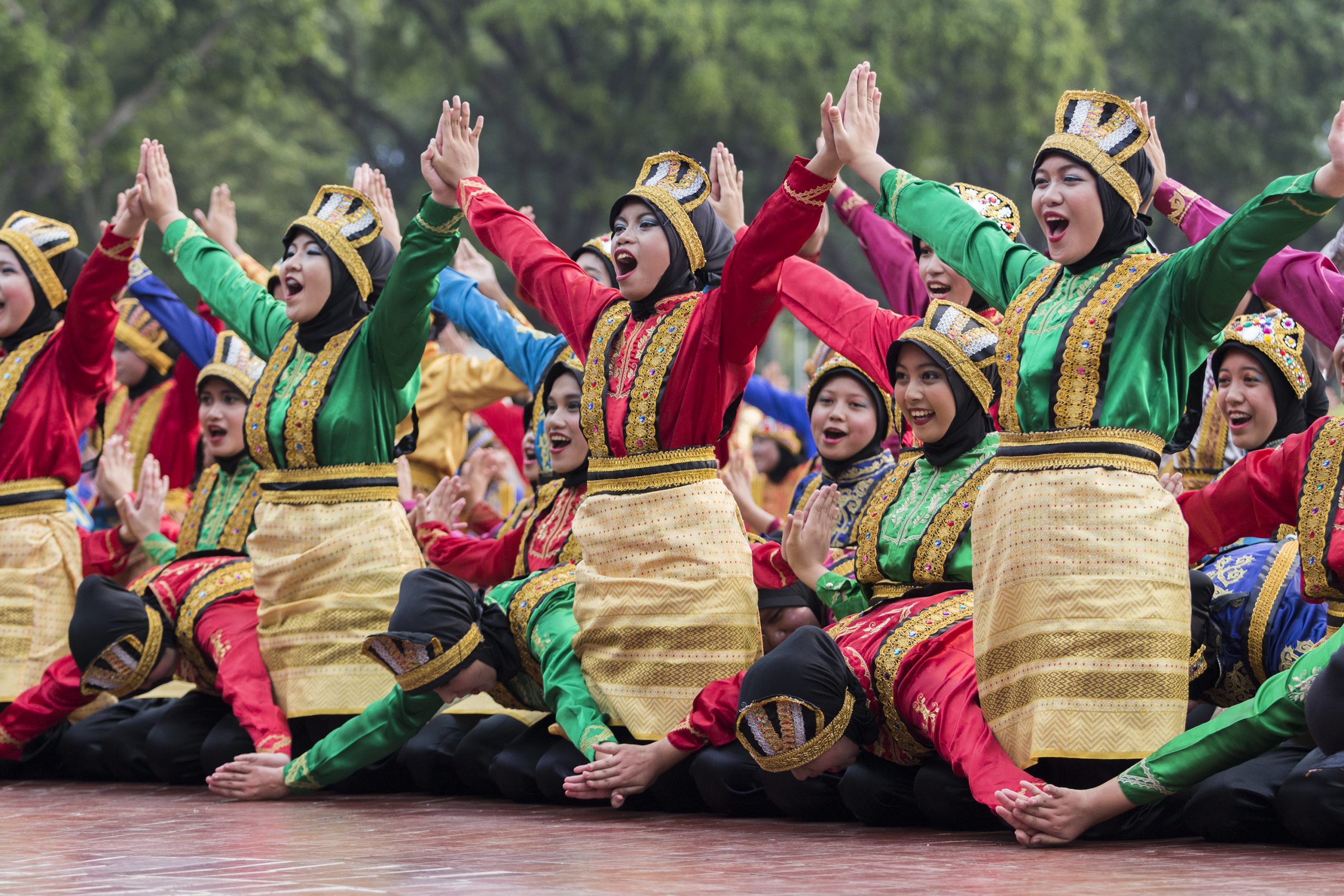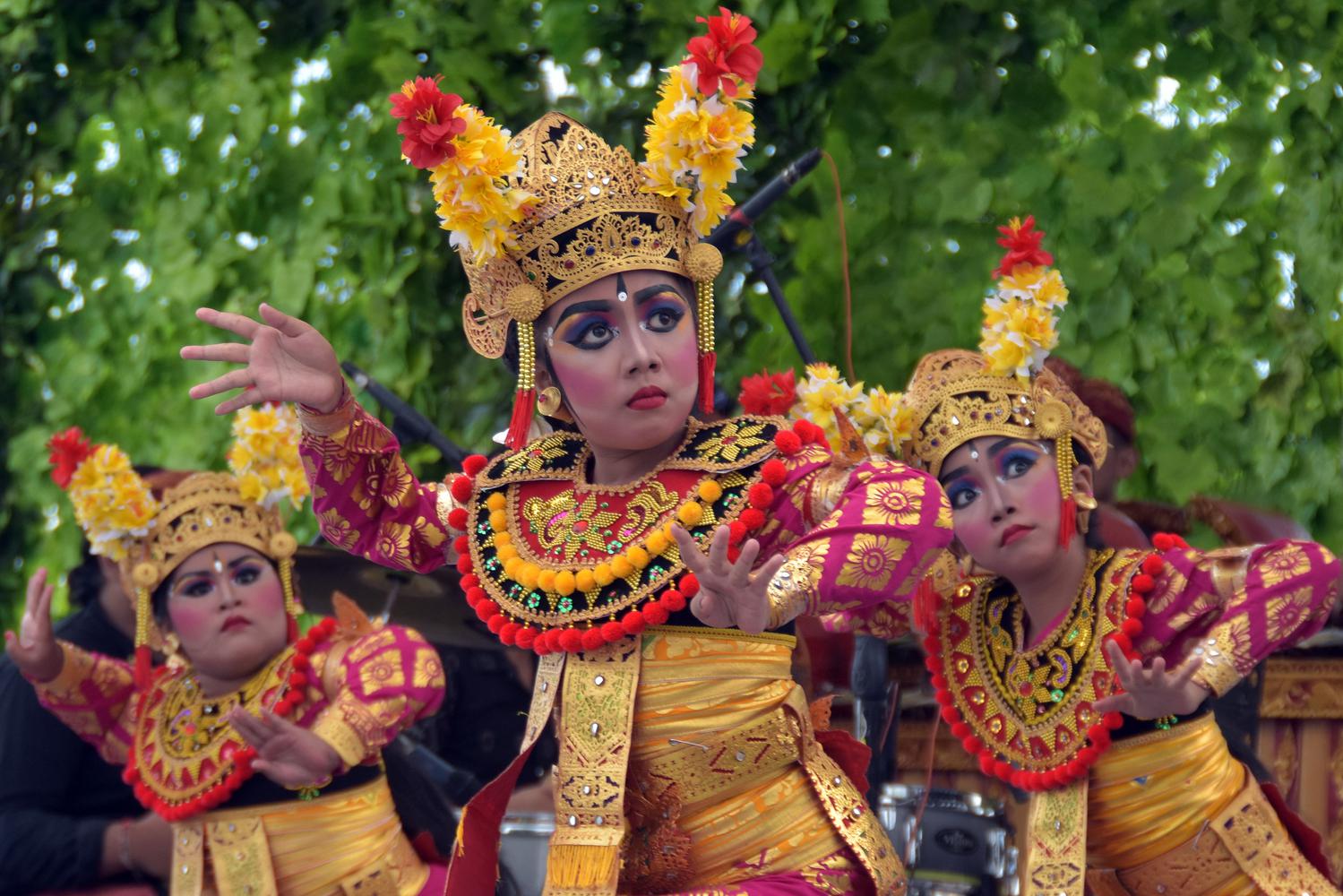Indonesia, a nation of over 17,000 islands, is renowned for its diverse cultures and traditions. Among the many cultural expressions that define this archipelago, traditional dances stand out as vibrant symbols of regional identity and heritage. These performances are not merely artistic displays but also serve as vessels of history, spirituality, and social values. From the bustling streets of Jakarta to the serene landscapes of Bali, each region boasts its own unique dance form, reflecting the essence of its people.
This article delves into some of the most iconic traditional dances of Indonesia, exploring their origins, characteristics, and significance. Whether it’s the dynamic movements of the Tari Cokek or the elegant grace of the Tari Legong, these dances offer a glimpse into the soul of Indonesian culture.
The Significance of Traditional Dances in Indonesian Culture
Traditional dances in Indonesia are more than just performances; they are deeply rooted in the community’s way of life. Each dance carries a story, often tied to historical events, religious beliefs, or social customs. For instance, the Tari Indang from West Sumatra is closely linked to the spread of Islam in the region, while the Tari Saman from Aceh has been recognized by UNESCO as an Intangible Cultural Heritage.
These dances play a crucial role in preserving the cultural identity of various ethnic groups. They are performed during significant events such as weddings, festivals, and religious ceremonies. By participating in or watching these dances, individuals connect with their heritage and contribute to the preservation of their cultural legacy.
Popular Traditional Dances of Indonesia
1. Tari Cokek (Betawi, DKI Jakarta)
Originating from the Betawi community in Jakarta, Tari Cokek is a blend of local and Chinese influences. This dance, characterized by playful hip movements, is often performed during celebrations and festive occasions. The name “Cokek” comes from the Hokkian word “chiou-khek,” meaning to sing. The performance is accompanied by the Gambang Kromong ensemble, adding a rhythmic and melodic backdrop to the lively dance.
2. Tari Remo (Jombang, Jawa Timur)

Hailing from Jombang in East Java, Tari Remo is known for its dynamic footwork and the use of bells on the ankles of the dancers. This dance traditionally depicts the valor of a prince in battle, showcasing the strength and agility of the performers. It is often performed during welcoming ceremonies, where the energy of the dance captivates the audience.
3. Tari Indang (Sumatera Barat)

Tari Indang, also known as Tari Dindin Badindin, is a traditional dance from Pariaman, West Sumatra. This dance is closely associated with Islamic teachings and is performed during religious celebrations, such as the death anniversary of the Prophet Muhammad’s grandson. The dance features synchronized movements and is typically performed by an odd number of male dancers, symbolizing balance and unity.
4. Tari Legong (Bali)

Tari Legong is a classical Balinese dance that has been around since the 19th century. It is known for its intricate movements and is often performed by young girls who undergo rigorous training. The dance is accompanied by the Gamelan Semar Pagulingan, a traditional musical ensemble. One of the most popular variations is Legong Lasem, which involves two dancers and a condong (accompanying performer).
5. Tari Bungong Jeumpa (Aceh)
This dance, which gained international recognition during the 2018 Asian Games, is a symbol of Aceh’s natural beauty. The simple yet graceful movements of the dancers mimic the swaying of the Bungong Jeumpa flower, representing the region’s fertility and charm. The dance is often performed with a song that celebrates the beauty of Aceh.
The Role of Traditional Dances in Modern Society
In today’s fast-paced world, traditional dances continue to play a vital role in preserving cultural identity. Many communities have taken steps to ensure that these dances are passed down to future generations. Schools and cultural institutions often incorporate traditional dances into their curricula, allowing students to learn about their heritage through movement and music.
Moreover, traditional dances have found a place in contemporary entertainment. Performers from across Indonesia travel internationally to showcase their art, bringing Indonesian culture to a global audience. Events like the Bali Arts Festival and the Jakarta International Performing Arts Festival provide platforms for these dances to thrive.
Conclusion
Indonesian traditional dances are a testament to the country’s rich cultural diversity and historical depth. From the energetic movements of Tari Cokek to the graceful elegance of Tari Legong, each dance tells a story that connects the past with the present. As we celebrate these performances, we also reaffirm our commitment to preserving the cultural heritage that defines us. By supporting and promoting traditional dances, we ensure that these vibrant expressions of Indonesian culture continue to inspire and enchant audiences for generations to come.






